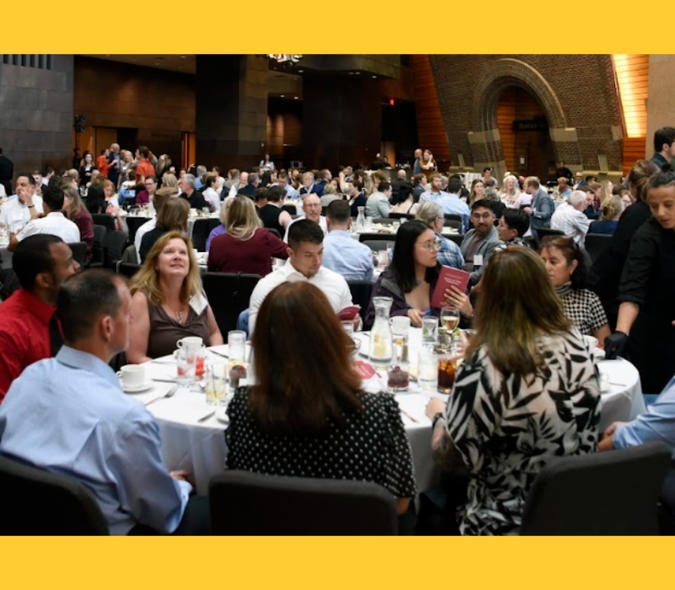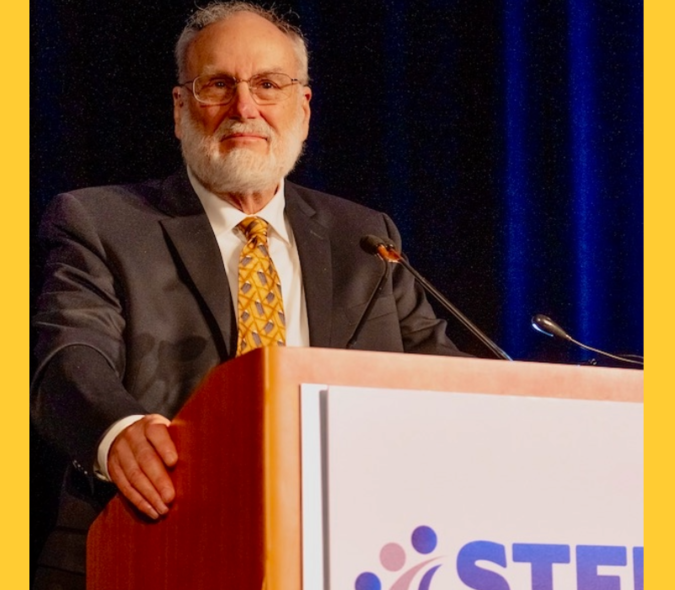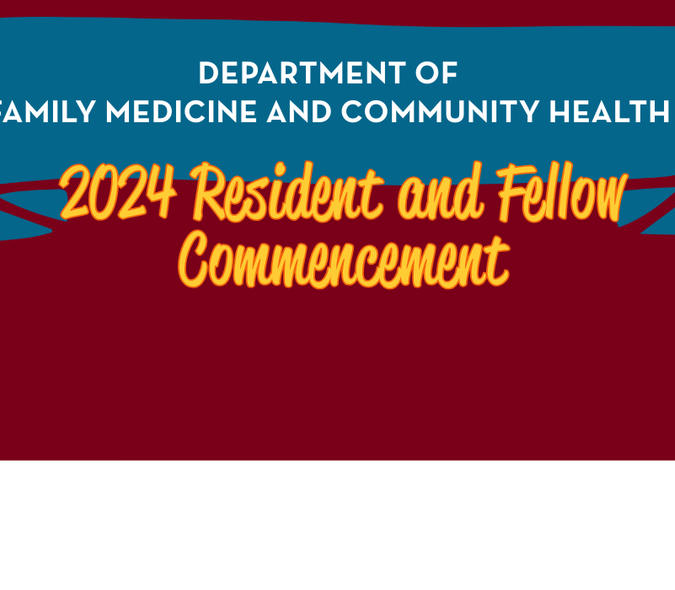
5 Questions with a Family Medicine Graduate: Richard Levine, MD
Richard Levine, MD, a graduate of University of Minnesota Medical Center Family Medicine Residency Program, answers five questions about his career and his outlook on the future of mental healthcare and primary care.
How long have you been in practice and where are you practicing now?
I've been in practice since 2005. I work for M Health Fairview, but my clinical time is divided into different areas. So my role is medical director of adult outpatient services for mental health and addiction service line. I do clinical roles, some programmatic care, some in our emergency rooms, which is what I used to do full time, and I do e-consults for primary care.
What is one aspect of your career that has surprised you?
I think two things surprised me. One is that I never actually planned on working in the emergency room, and that was my first role out of residency. Doing mental health in the emergency room from the get-go – and how much I liked it – surprised me.
That wasn't my original plan of doing a dual residency with primary care and psychiatry. So that was interesting and serendipitous.
The second thing that surprised me is how much I enjoyed transitioning to doing more administrative work and less straight clinical work. Moving my thinking to: “What am I going to do for the person in front of me?” and instead thinking more about population health. How can I help improve standardized mental health, not only for our mental health providers but in primary care and family practice as well?
What is one professional accomplishment that you're proud of?
I think the biggest one is opening up Minnesota's first EmPATH (emergency psychiatric assessment, treatment and healing), a new and improved version of what I was doing in the emergency room before doing emergency room mental health.
It allows us to spend a little more time with a patient. Instead of taking a snapshot and making the decision after one assessment – followed by making the plan and discharging the patient – now we can have them do observation as well. We spend a day or two with the patients, be able to de-escalate their crisis, make a good treatment plan, and discharge them home.
Opening one of these new emergency psychiatry locations at M Health Fairview Southdale Hospital in Edina, Minnesota is one of the things I'm really proud of.
What makes you hopeful for the future of family medicine and, specifically, mental health care services?
More and more, it’s becoming accepted that mental health is something that primary care practitioners treat. We know around a third of patients coming in for primary care have mental health issues. We know that close to 80 percent of the medications prescribed for mental illness, depression, anxiety, and some schizophrenia and bipolar conditions are written by primary care providers. There's a bigger acceptance of this, and, because it is something we do, we can work on how to do it better.
I also get really excited about the integration we have done – and continue to improve – with some mental health providers, such as a therapist in the clinic helping out with real-time issues and seeing patients for short-term therapy. Another example is our collaborative care psychiatrists, which is a way to work together with the primary care provider. We can see them for a few sessions and do some medication changes, trying to help patients feel more stable and go back to primary care where they can then have their long-term treatment.
We're still working to improve and integrate more and figure out how to work better together when we know that there's not enough primary care providers and there's not enough psychiatrists or therapists out there.
What is one piece of advice for those about to begin family medicine residency?
Don't be afraid of mental health. Enjoy the experience.
You get an opportunity to see people in a totally different light. Putting trust in the vulnerability that patients will have to open up and let you help them is really unparalleled to any other kind of position. And in primary care, you really get to see not just the patient but the family as well and try to put it all together. Enjoy it.



